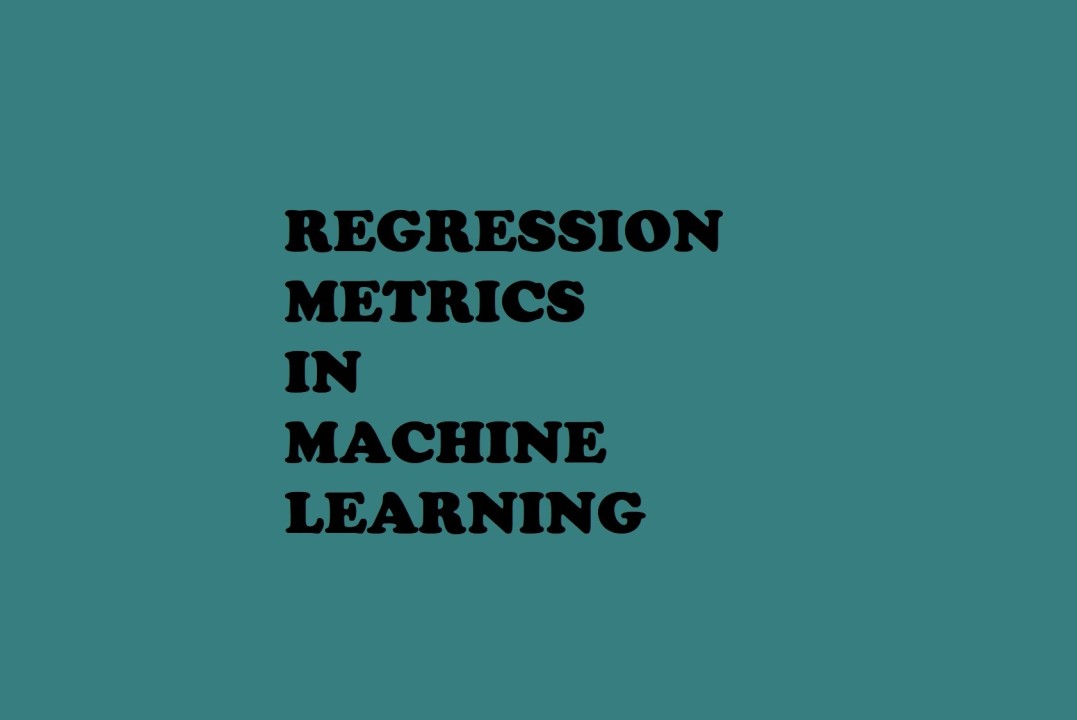
Mean Squared Error (MSE)
There are three error metrics that are commonly used for evaluating the performance of a regression model; they are:
In this article I m sharing about the Mean Squared Error :-.
Mean squared error (MSE) measures the amount of error in statistical models. It assesses the average squared difference between the observed and?predicted values in the dataset.
Where:
When a model has no error, the MSE equals zero. As model error increases, its value increases.
If all the observed value fall very close to the best fit line in linear regression model, then in that case , the MSE is minimum. If the observed value are apart from the line then we can say that the value of MSE is large.
Effect of squaring :
Root Mean Squared Error
The?Root Mean Squared Error, or RMSE, is an extension of the mean squared error. The square root of the MSE is calculated
Aspiring Data Analyst ?? | Skilled in Data Visualization ?? | Proficient in Python, SQL, & Excel ?? | Enthusiastic about Uncovering Business Insights ?? | Learning from Google Data Analytics Program ??
1 年Very useful